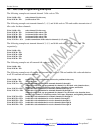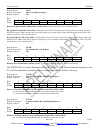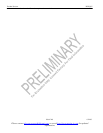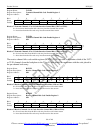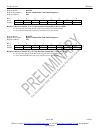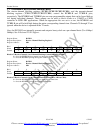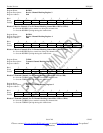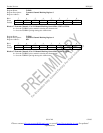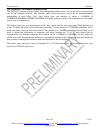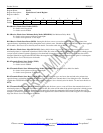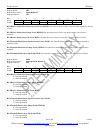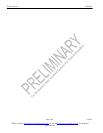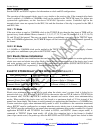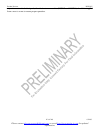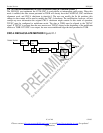
Product Preview DS21Q55
106 of 248 012103
Please contact telecom.support@dalsemi.com or search http://www.maxim-ic.com for updated
information.
18. ELASTIC STORES OPERATION
The DS21Q55 contains dual two-frame, fully independent elastic stores, one for the receive direction and
one for the transmit direction. The transmit- and receive-side elastic stores can be enabled/disabled
independent of each other. Also, each elastic store can interface to either a 1.544MHz or
2.048MHz/4.096MHz/8.192MHz/16.384MHz backplane without regard to the backplane rate the other
elastic store is interfacing to.
The elastic stores have two main purposes. First, they can be used for rate conversion. When the device is
in the T1 mode, the elastic stores can rate-convert the T1 data stream to a 2.048MHz backplane. In E1
mode, the elastic store can rate-convert the E1 data stream to a 1.544MHz backplane. Second, they can be
used to absorb the differences in frequency and phase between the T1 or E1 data stream and an
asynchronous (not locked) backplane clock (which can be 1.544MHz or 2.048MHz). In this mode, the
elastic stores will manage the rate difference and perform controlled slips, deleting or repeating frames of
data in order to manage the difference between the network and the backplane.
The elastic stores can also be used to multiplex T1 or E1 data streams into higher backplane rates. See
Interleaved PCM Bus Operation.



